While playing The Technomancer, developed by Spiders, I was worried about what to write. It has very good combat, if a bit repetitive at times, very smooth animations that sometimes run a bit long, and interesting story and decent writing. Yet it has long awkward pauses, an extensive upgrade tree, and sometimes feels like there is just too much.
Despite all of the caveats, which are mostly due to a limited budget, I would recommend The Technomancer to anyone who likes action RPGs — similar to, but not, The Witcher and Mass Effect.
The Witcher meets Mass Effect, but isn’t them
Set on Mars, The Technomancer follows the revolutionary exploits of Zachariah Mancer — Mancer being the name given to all Technomancers. You start out as an initiate, but you very quickly become a Technomancer. By doing so you learn a secret, one which plays a pivotal role in a few decisions you must make. Along the way you make friends, enemies, and neutrally solve differences — bribes.
I found myself disliking one specific character, not because the game told me so, but because I didn’t like the methods he was taking to keep his city safe — but I understood why he had to be a harsh sometimes. In fact, while helping him out, to gain his trust. There is a moment in the The Technomancer where you ask for help from various people, when I asked this character for help he refused, saying he did not trust me enough. This was after routing out several spying factions from his home, you could say I was upset, and angry.
Companions
The ones who follow you are not your ordinary bunch of followers. You have an eccentric father figure scientist — not crazy, just different — a very forward female rover explorer, a giant intelligent mutant, a plucky rogue named Lucky, and a slightly away with the fairies but complicated character who you first meet as a princess. Each one has their own backstory, and quests.
Most of these quests revolve around finding, and beating up people they hate. The most interesting of these centers around the rover driver, Amelia Reacher, whose father disappeared. You can choose — and of course I did — to help her or not, by doing so you discover her father’s disappearance is linked to another in your crew. It’s a rather interesting twist, which I didn’t expect.
Locations
You start in the first city of Mars, Ophir. A pristine city, with a hidden dark side of corruption, slavery, and abusing the down trodden in the slums. Through circumstances out of your control you are forced to flee Ophir, from here you explore new cities, and ancient domes. While uncovering the secrets of Mars, and of your own order, the Technomancers. Each city looks very different from the last, but I found the domes all look rather similar. Even the final ‘most impressive dome’, looks and feels the same as the previous ones, it is just bigger. But, this all could just be because they were built at similar times by early Mars settlers.
One specific location, in Ophir, called The Underworld is particularly annoying. It’s a twisting maze that you are forced to navigate many times to get to different places in Ophir. Each time you pass through it every enemy respawns, which leads to traveling around taking a very long time. The same applies to each location in Ophir, only The Underworld doesn’t allow you to run away from combat due to ladders, and ledges you have to climb — which you can’t when in combat.
Upgrade trees, and combat
There are 4 main upgrade trees:
- Warrior, which applies to staff combat for crowd control and area attack.
- Rogue, which enables the use of a knife and gun for fast intelligent combat.
- Guardian, which effects the use of club/hammer and shield wielding for a more defence orientated setup. The only stance which allows you block.
- Technomancer, which is reserved to grant you the most powerful of your lighting abilities, some for attack, some for defence.
This is where everything gets a little more complicated, as there are 2 more upgrade paths. One’s ability focused, allowing you to be better at lockpicking, stealth, crafting, or in conversation, among other things. The other is stat based, granting you more health and carry room, or gain better critical hit chances and damage, and many other things. These upgrade trees feel a little superfluous, as points for it are not gained every level. If they were merged, and you gained a point for it every other level, I think it could work better than it does.
Combat stances can be changes at will, each of the 3 stances offers a very different combat experience. Warrior, rogue, or guardian, which ever you pick Spiders have done a very good job at making each one feel very fluid, and fun. That’s one thing I never thought I would say, The Technomancer has very good combat. While it won’t win any awards, it is very fluid. The best part is when you get a critical hit, the game goes slow motion, which not only shows off some very surprisingly impressive animations, but also just makes the combat feel good. You know you have a critical hit because of an awesome slow motion scene, not because some numbers told you so.
This can all get a little repetitive, as each combat stance offers 3 different attacks — in the case of the guardian style a block — but you really only find yourself playing around with one of them. I played mostly as a rogue, with dagger and pistol, I would roll around backstabbing enemies and shooting from a far. The warrior style feels like what the game wants you to use, as you are a Technomancer and all Technomancers use staffs, but it doesn’t penalise you for your choice of combat style. Fight with a long stick, large blunt object, knife and shooty bang bang, or spark your enemies unconscious, each one feels great. A feat which I am still amazed by, considering the comparatively small budget I imagine The Technomancer had.
The Technomancer won’t be winning any awards, but it kinda stole my heart
The only real issues this game has boils down to the fact it didn’t have a AAA budget, something which makes me very happy; that a game can be made to this level of polish with so many restrictions imposed by budget. The major issues boil down to awkward silences, when someone should be interrupted mid sentence they simply stop for a while, and appear to wait to be interrupted — very polite of them. Then when lockpicking, the door/box/locker doesn’t automatically get opened, meaning you have another button press to access the sweat loot or area — I think we have just been too spoilt. Lastly, when you have climbed up or down a ladder or ledge an animation plays out of your walking for a while, it’s just a little bit too long and it becomes annoying.
Other than all of that, and some serviceable delivery of lines, The Technomancer is an excellent example of, not only what can be done on such a comparatively small budget, but of action RPGs in general. It gives players the ability to swiftly switch strategy on the fly, while making each equally as valid as the previous one — and just as fun. The Technomancer also follows a rather interesting plot, and even has multiple endings based on your decisions throughout the game. It starts as one man’s journey to contact earth, and turns into a fight to free the people of Mars. It has interesting characters, who are not perfect, with some doing morally horrible things for the protection of the larger group. Some characters start out appearing selfish, but turn out to just be a little lost in what they were doing.
If you are a fan of action RPGs, and can stomach some flat line deliveries and awkward pauses, The Technomancer is definitely a game you should pick up.
[Note: Copy provided by publisher, Focus Home Interactive, avaliable on PS4, Xbox One, and Windows – Steam]

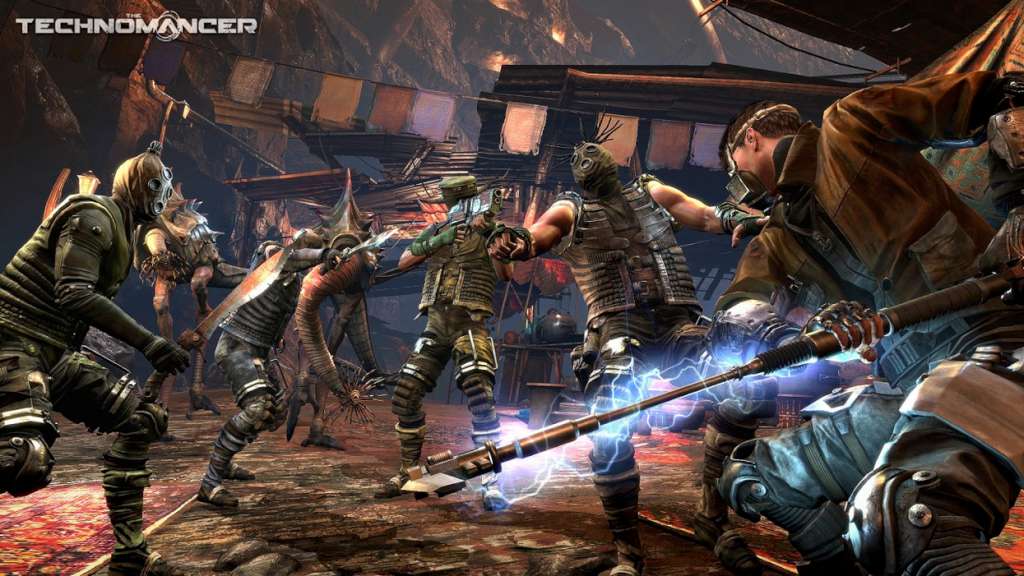

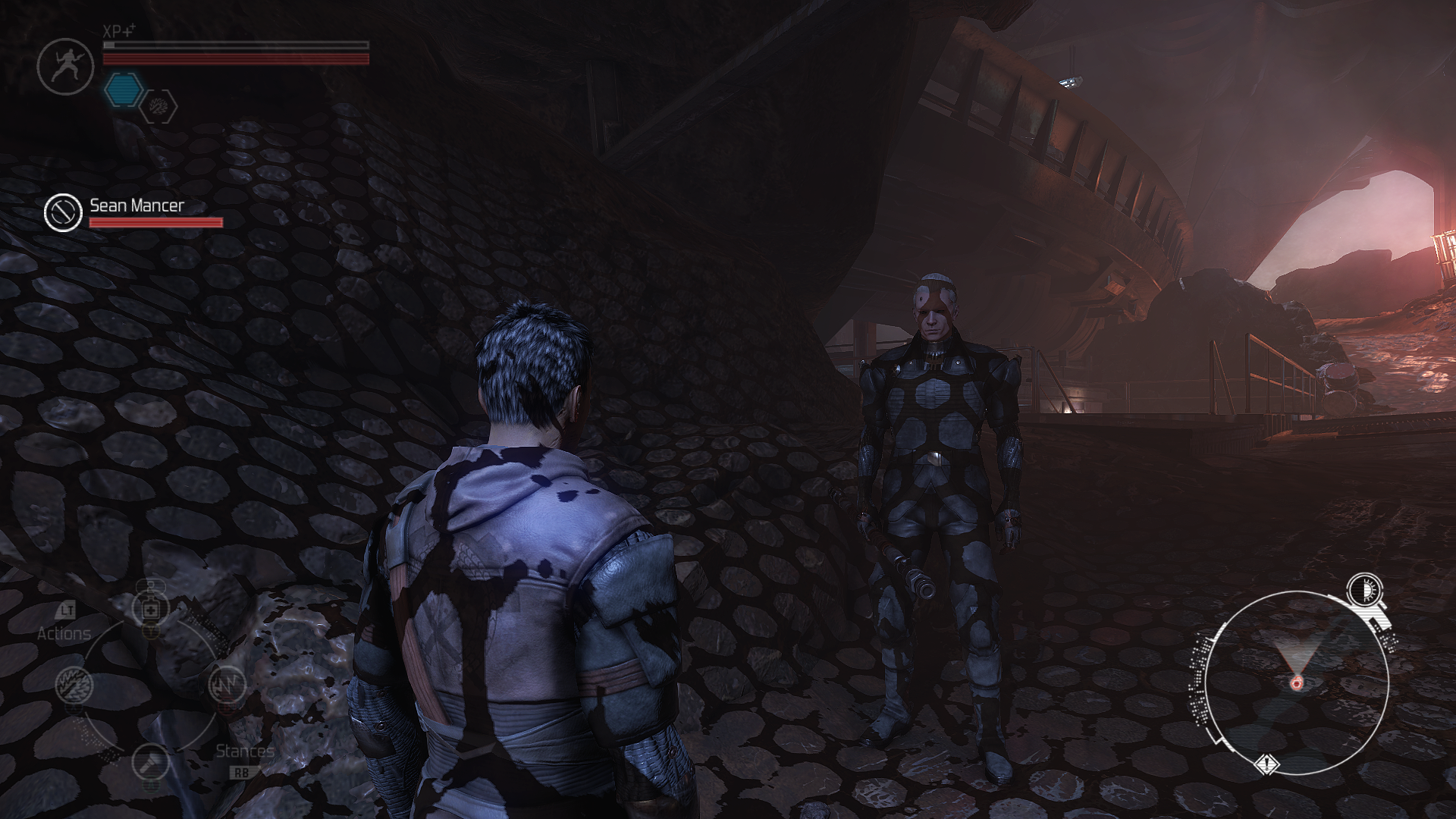
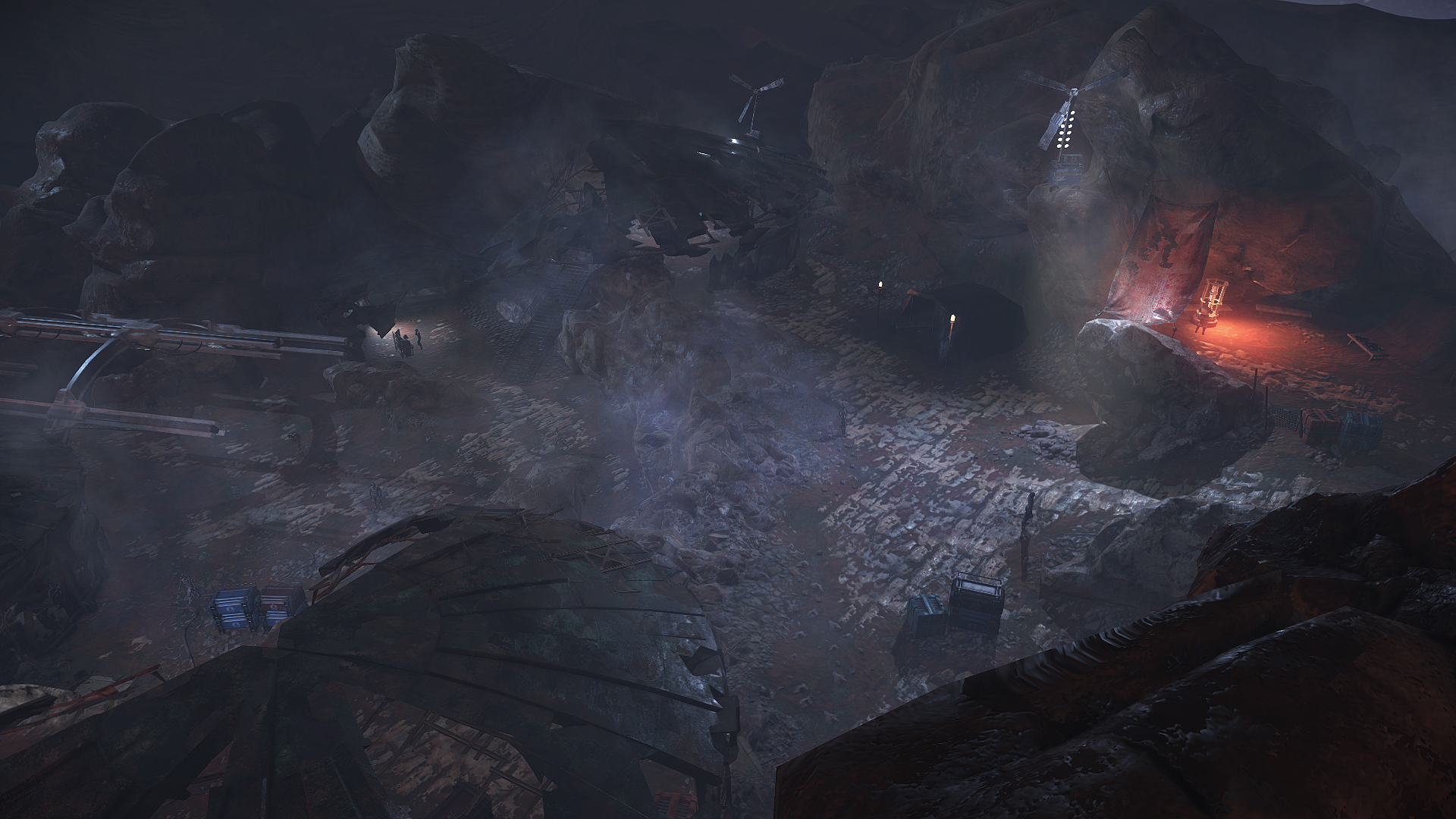
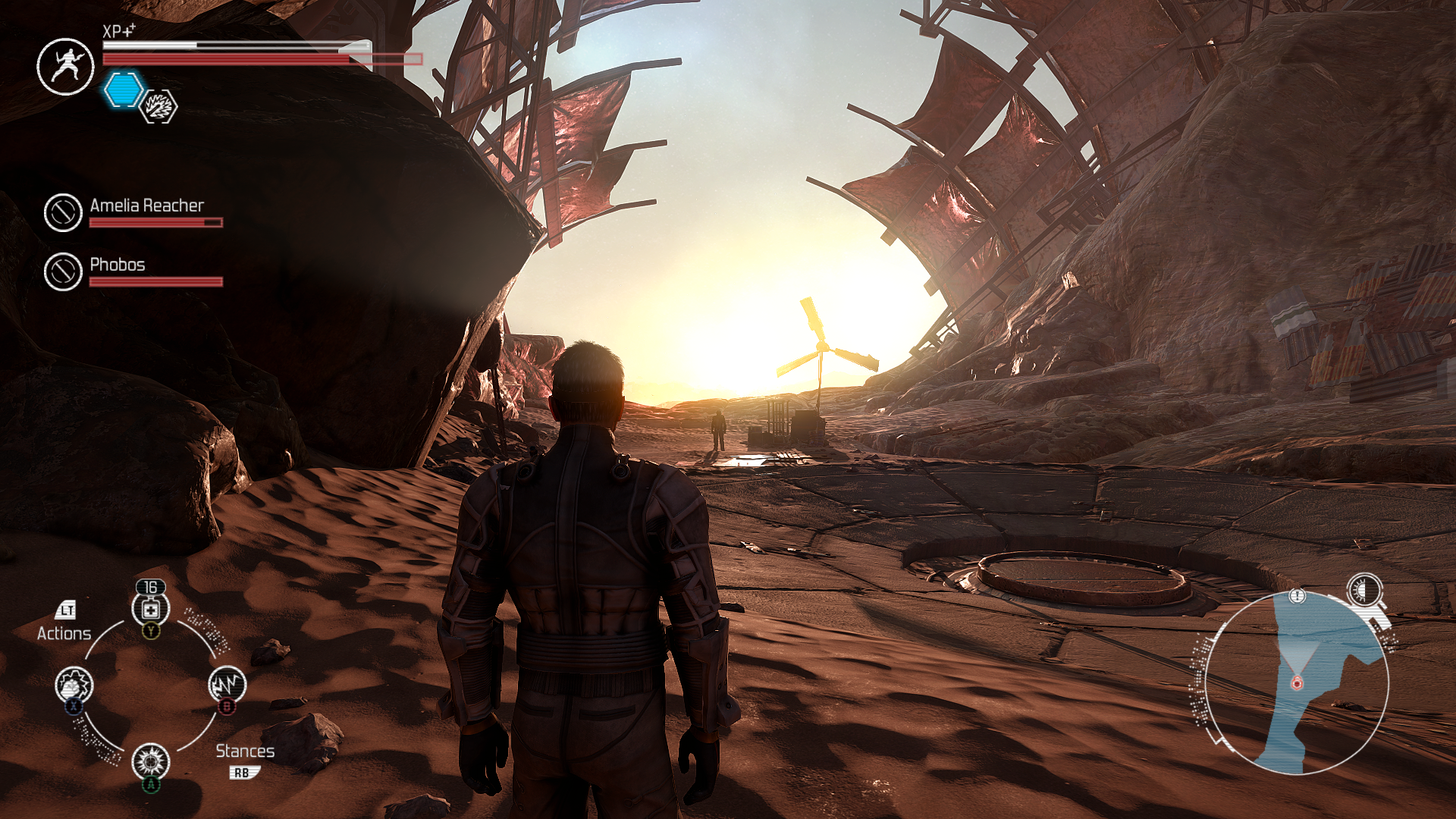
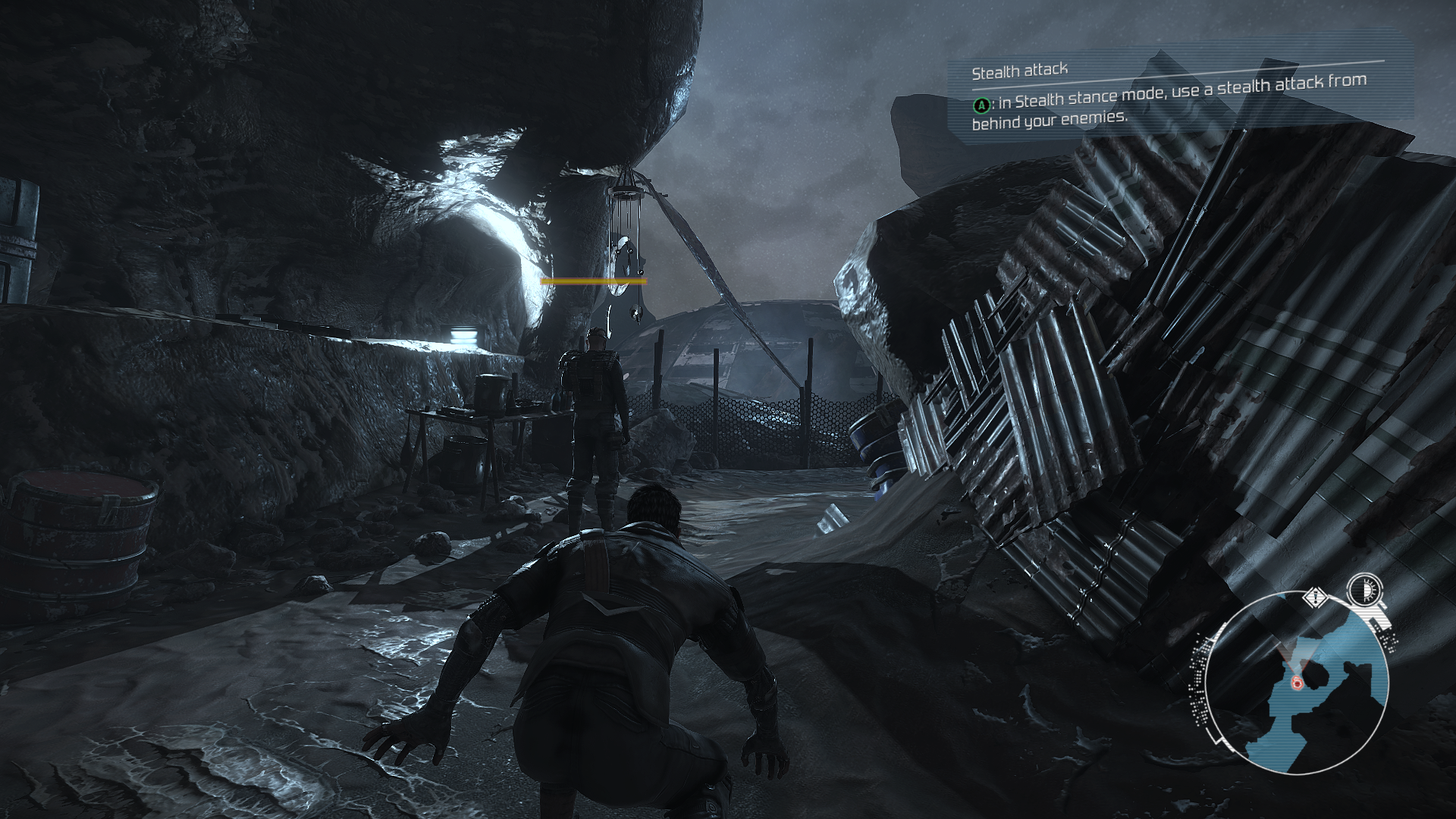
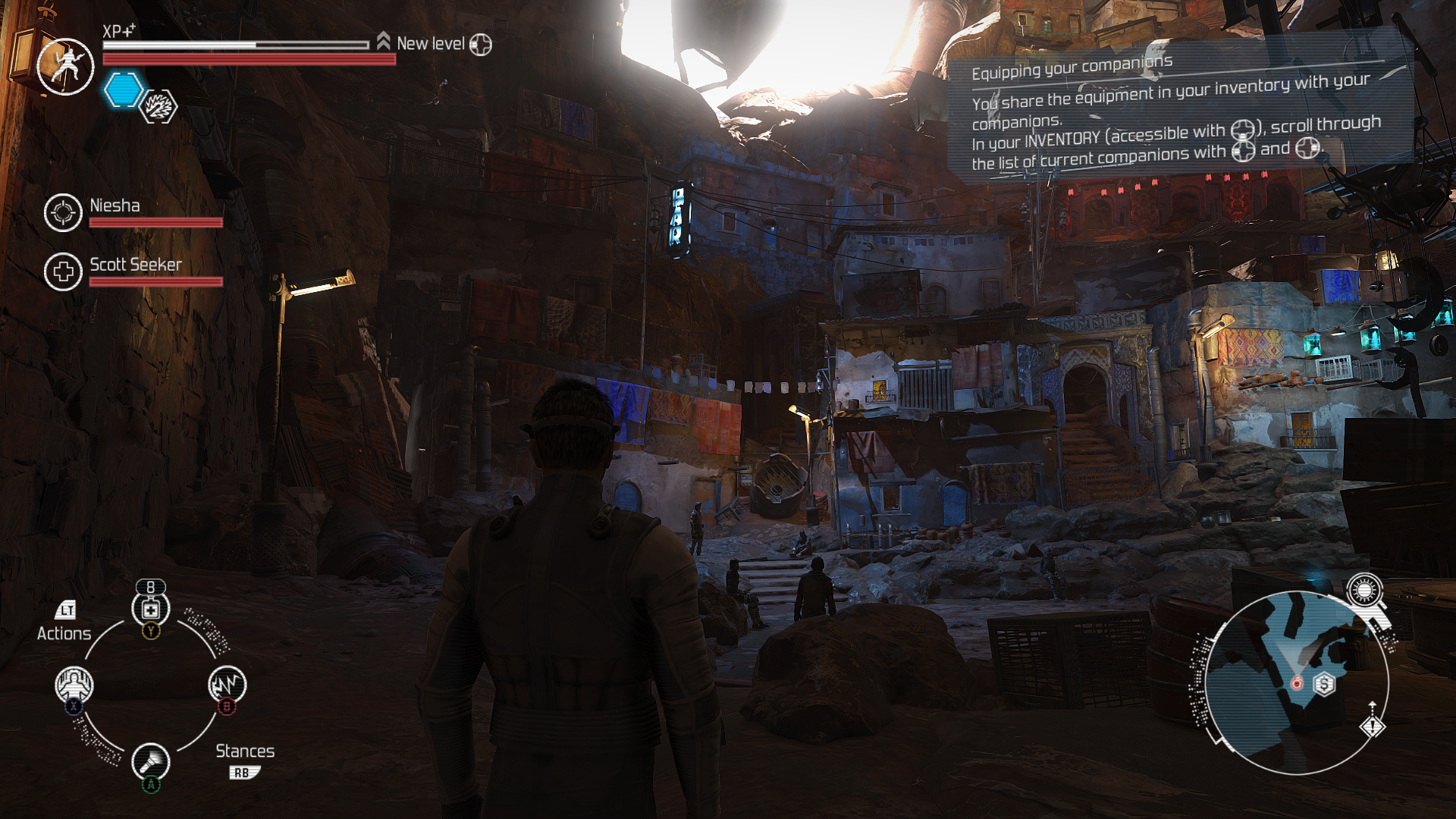








Published: Jun 27, 2016 09:16 am